- Finally bought
- Some cons
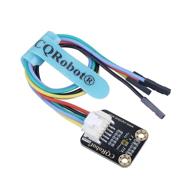
5
·
Very good

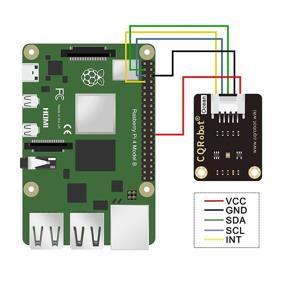
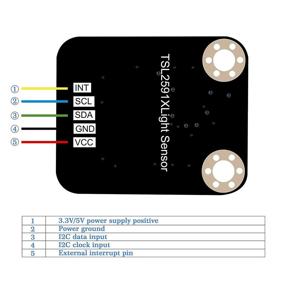
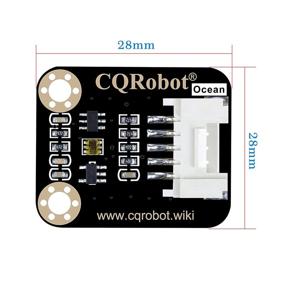
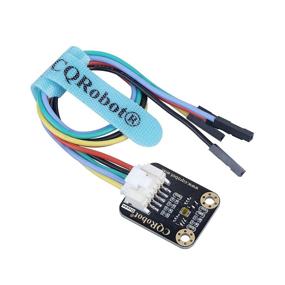
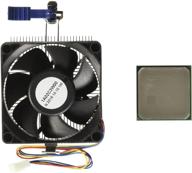
💪 AMD FD6300WMHKBOX FX-6300 Black Edition: 6-Core Processor with Unparalleled Performance

134 Review

🚀 Upgrade Your PC with TP-Link Archer T5E WiFi Card - Dual Band Wireless Network Card for Gaming and Streaming on Windows 10, 8.1, 8, 7 (32/64-bit) with Bluetooth 4.2 Support

83 Review
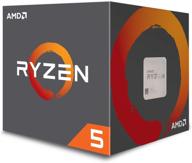
🔋 Power Up Your Gaming Rig with AMD Ryzen 5 2600 Processor with Wraith Stealth Cooler - YD2600BBAFBOX

116 Review
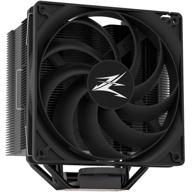
Zalman Performa Performance Powerful Included

172 Review
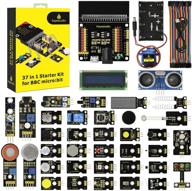
🎁 Ultimate BBC Micro bit Sensor Starter Kit: Keyestudio 37-in-1 Box with Tutorial, Compatible with V1.5 & V2, Gift for Kids and Adults (Microbit Board Not Included)

11 Review

LAFVIN Super Starter Kit for Arduino R3 Mega2560 Mega328 Nano with Detailed Tutorial - Compatible with Arduino IDE

11 Review
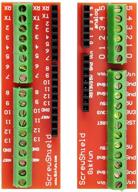
Gikfun Screw Shield Expansion Board: Enhance Arduino UNO R3 with the EK7007 Add-On

11 Review
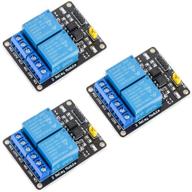
🌐 MCIGICM 2 Channel DC 5V Relay Module: Optocoupler Low Level Trigger Expansion Board for Arduino UNO R3, DSP, ARM, PIC, AVR, STM32, Raspberry Pi

11 Review
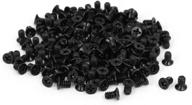
uxcell 3.5" HDD Screw Black 200pcs for Computer PC Case - Flat Phillips Head - 6#-32 - Hard Drive Fasteners

10 Review
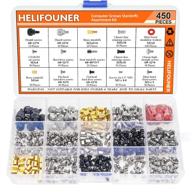
🖥️ Helifouner 450-Piece Computer Standoffs Spacer Screws Kit: Ideal for Hard Drive, Motherboard, Fan, Power Graphics & Computer Cases

10 Review

MacBook Retina 13-inch (A1425, A1502) and 🔩 15-inch (A1398) Bottom Case Screw Set with Pentalobe Screwdriver

11 Review
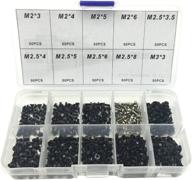
Comprehensive 500pcs Laptop Screw Kit Set for 🔩 IBM HP Dell Lenovo Samsung Sony Toshiba Gateway Acer

12 Review